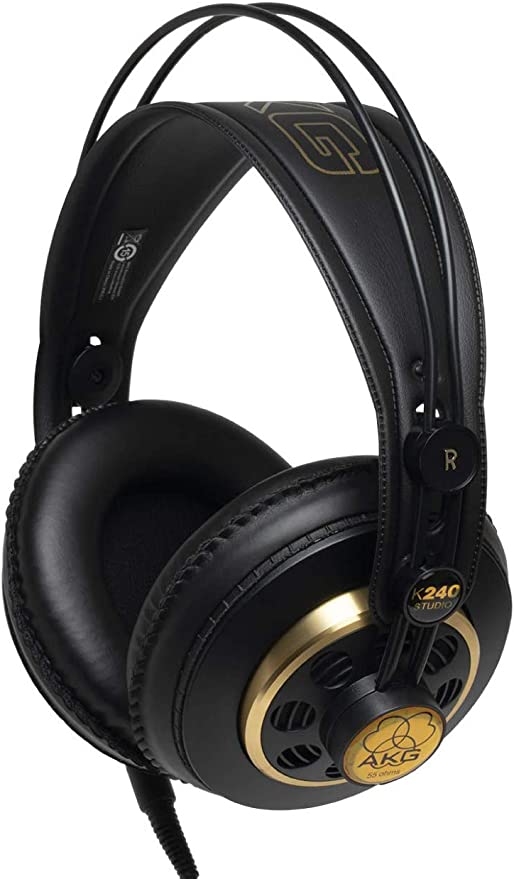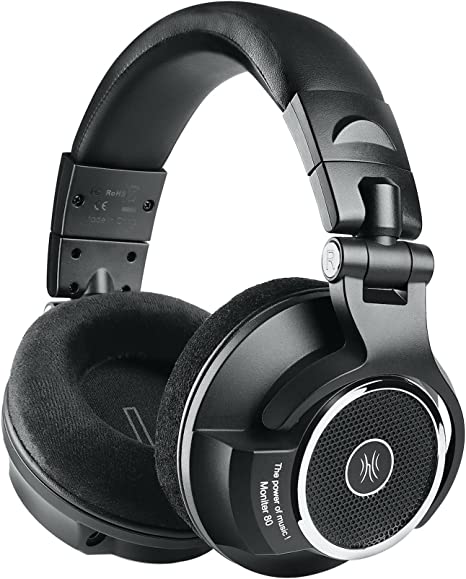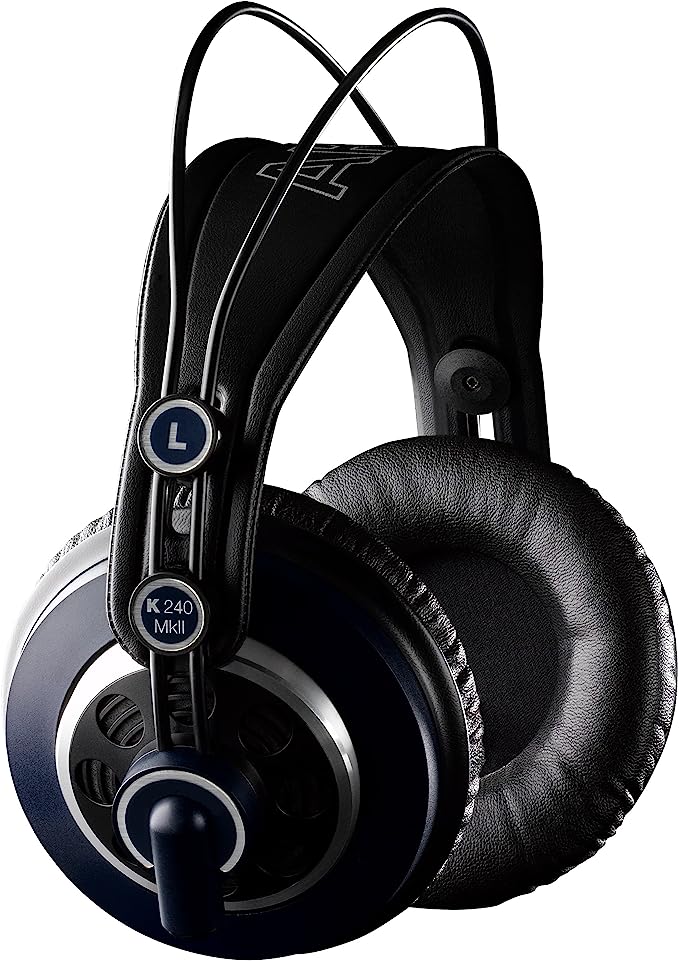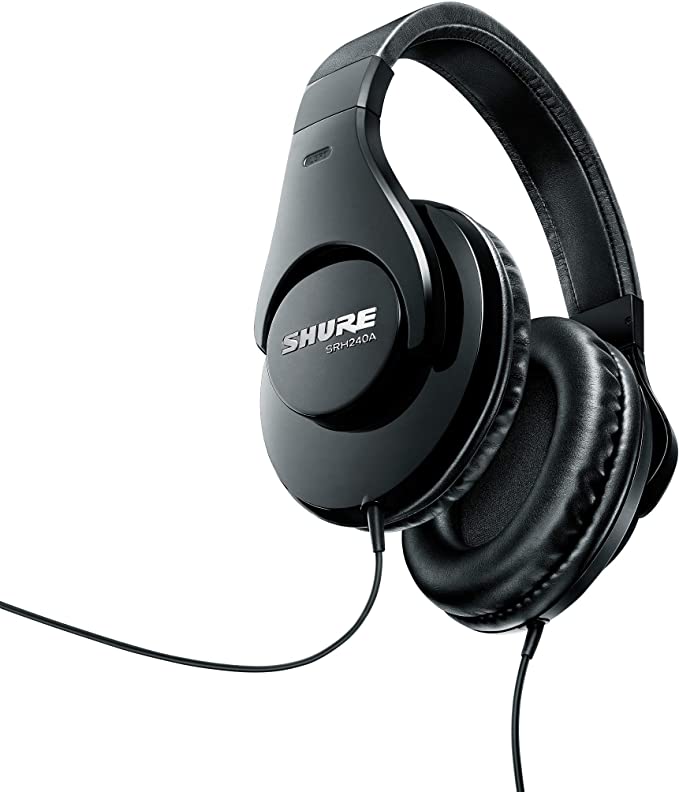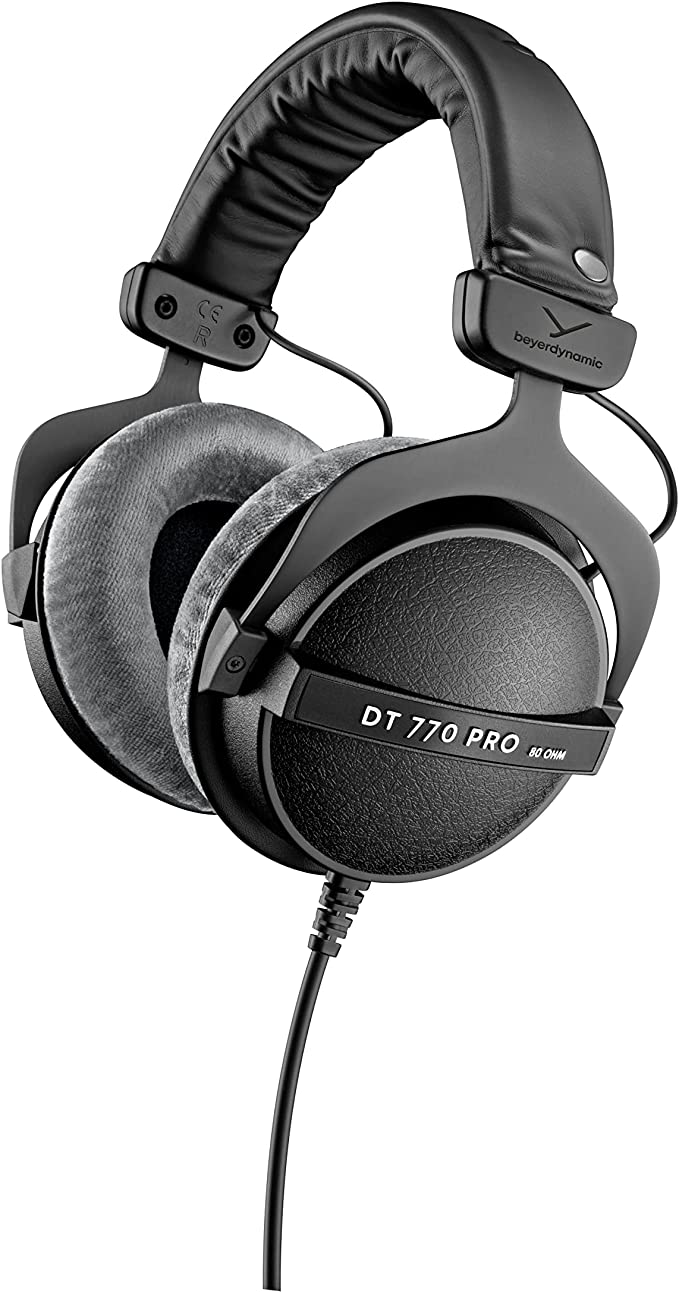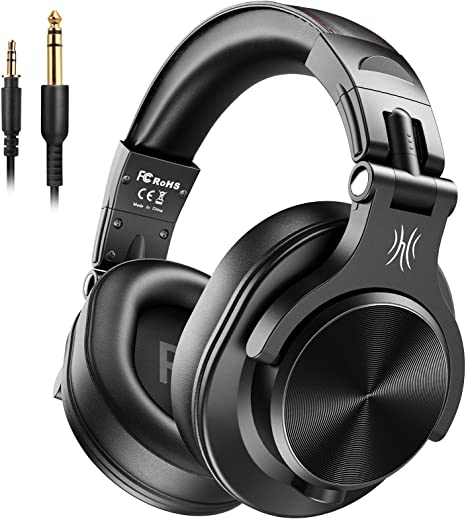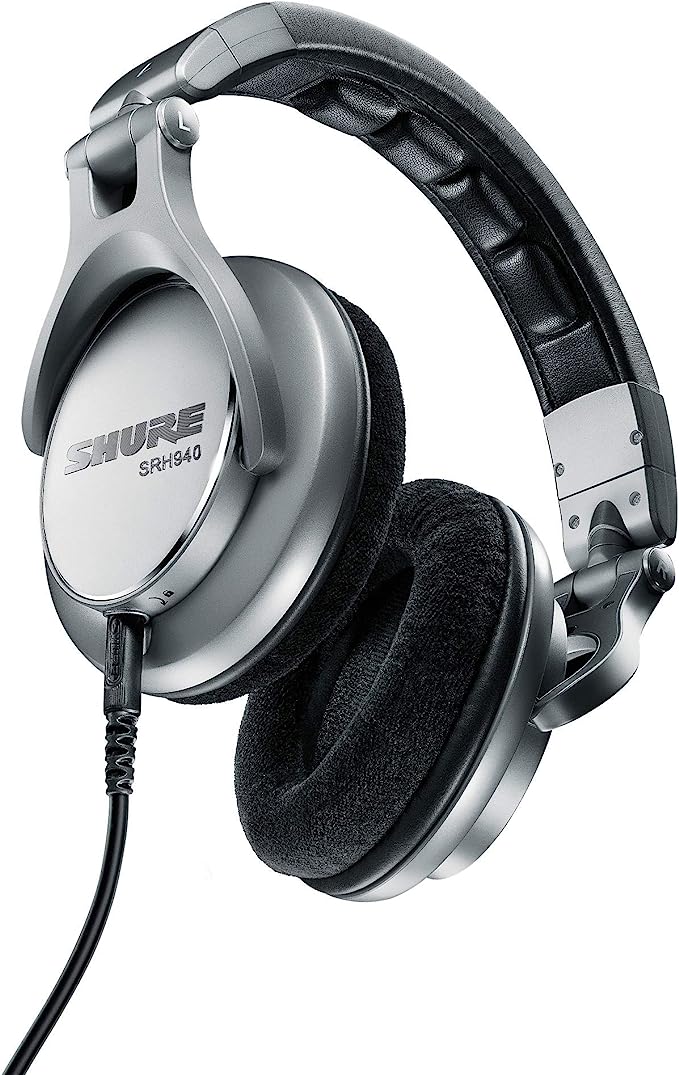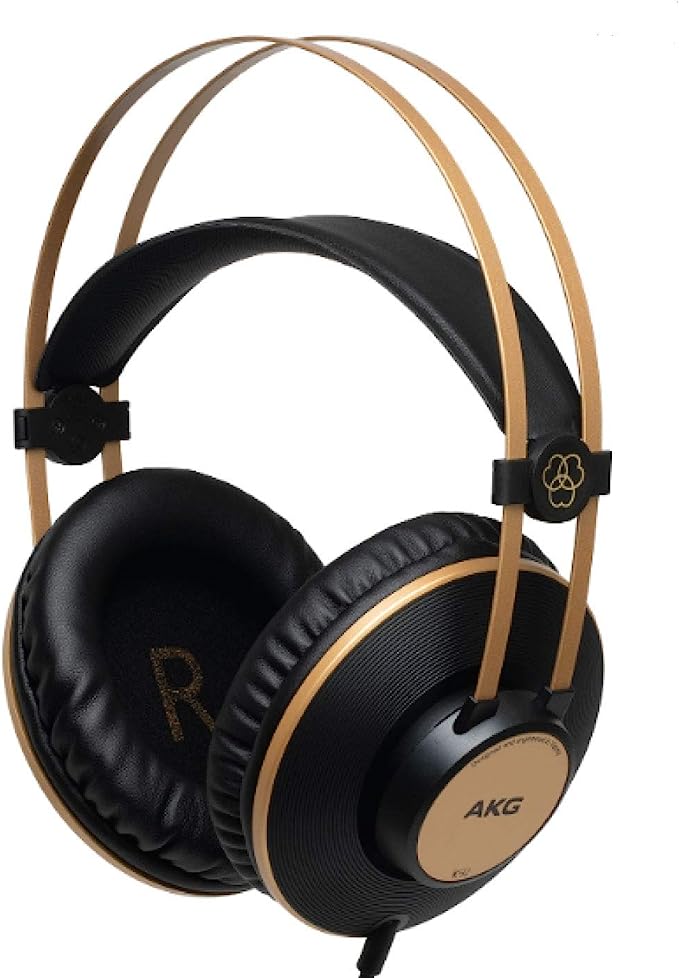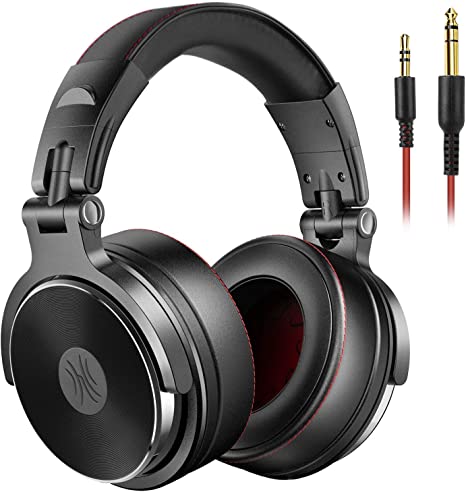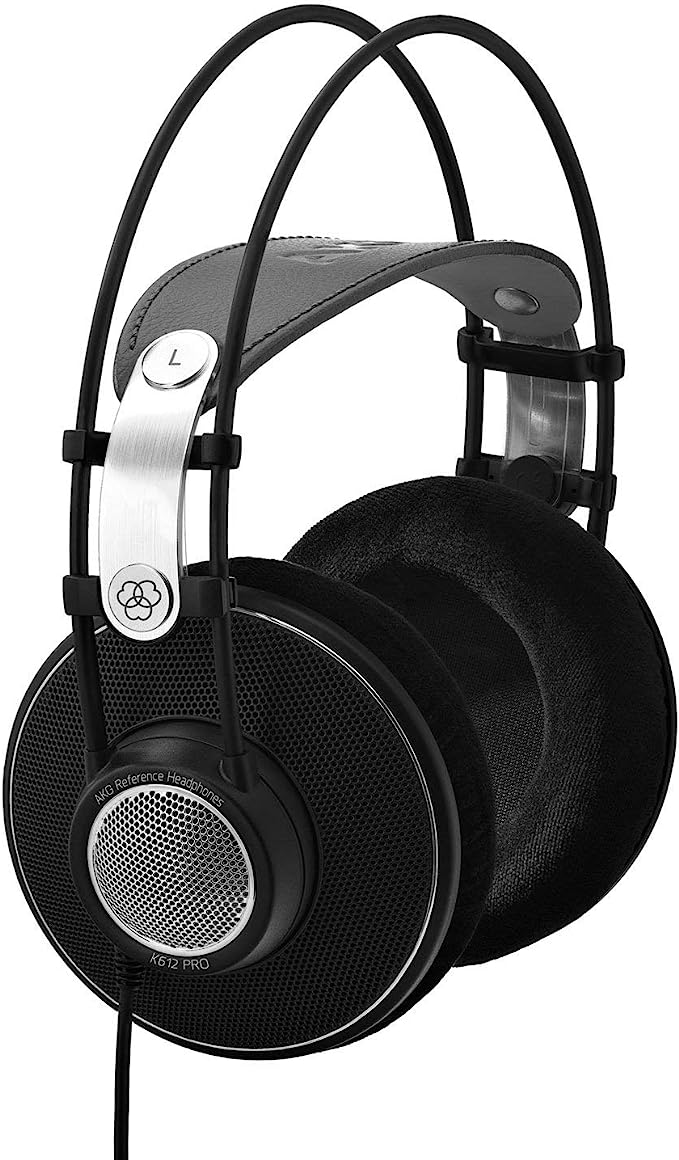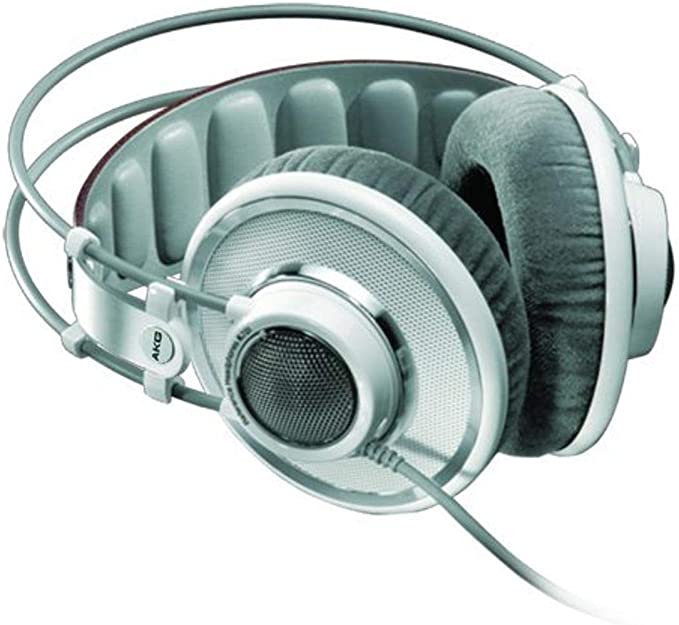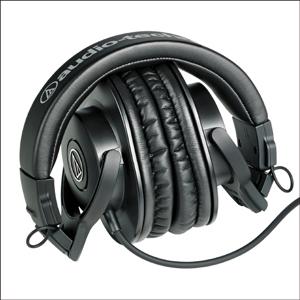The Creator's Paradox: Why "Flat" Sound in Studio Headphones Is Your Greatest Asset
Update on Nov. 14, 2025, 8:01 p.m.
Have you ever spent hours perfecting a podcast episode or a piece of music on your favorite consumer headphones, only to play it on your car stereo and find the bass is overwhelmingly muddy or the vocals are completely lost? This frustrating experience is known as the creator’s paradox, and it stems from a fundamental misunderstanding of the tools we use to listen.
There are two distinct philosophies in headphone design: listening for pleasure and listening for truth. Most headphones are designed for pleasure. They are like a beautiful photo filter, intentionally boosting the bass and sculpting the treble to make your music sound more exciting and vibrant. But you would never edit a professional photograph while wearing sunglasses. For creators, a different tool is required—one that provides not a filtered view, but a clear, uncolored, and honest representation of their work. This tool is the studio monitor headphone. Let’s explore why its most misunderstood feature—a “flat” sound—is actually its greatest strength.

The Pursuit of Truth: What “Flat Frequency Response” Really Means
The goal of a studio monitor headphone is to achieve a flat frequency response. This is a technical term for sonic honesty. Imagine a perfectly level playing field where every audio frequency, from the deepest rumble of a bass guitar (lows) to the crisp shimmer of a cymbal (highs), is reproduced at the same volume, without artificial enhancement or reduction.
- Consumer Headphones (Colored Sound): Their frequency curve often looks like a “smiley face,” with boosted lows and highs to create a more dynamic, fun listening experience.
- Studio Headphones (Flat Sound): Their ideal frequency curve is a straight line. They don’t try to make the music sound “better”; they strive to make it sound exactly as it was recorded.
This neutrality is crucial. When you mix a track on headphones with a flat response, you can make decisions with confidence. If the bass sounds weak, you know you need to boost it in your mix, because the headphones aren’t lying to you. This ensures that your creation will “translate”—it will sound balanced and consistent across a wide range of different playback systems, from tiny earbuds to massive car stereos. This is why some users might describe a studio headphone as sounding “boring” or “lacking in bass” upon first listen; they are hearing the music without the familiar filter for the first time.

The Engineering of Honesty: A Look Inside a Studio Headphone
Achieving this sonic truth requires specific engineering choices. Using an accessible model like the OneOdio Studio Hi-Fi Wired Headphones as our example, we can see how these principles are put into practice.
1. The Power Plant: 50mm Neodymium Drivers
The driver is the heart of a headphone, converting electrical signals into sound waves. The OneOdio Studio Hi-Fi uses large 50mm dynamic drivers powered by neodymium magnets.
* Size (50mm): A larger driver diaphragm can move more air. This is essential not just for producing powerful bass, but for reproducing low frequencies with accuracy and control, without strain or distortion. It creates a wide, clean canvas for your audio.
* Magnet (Neodymium): Neodymium magnets are incredibly strong for their size. This powerful magnetic field provides a firmer “grip” on the driver’s voice coil, allowing it to respond with lightning speed and precision to the audio signal. This results in a better transient response—the ability to clearly render the sharp, initial attack of a drum hit or a plucked string—which is critical for detailed mixing.
2. The Isolation Chamber: Over-Ear, Closed-Back Design
To make critical mixing decisions, you need to hear your audio, not the room around you. The over-ear, closed-back design creates a seal around your ears, providing passive noise isolation. This physically blocks out external distractions, allowing you to focus on subtle details like reverb tails, faint background vocals, or unwanted hiss in your recording. The 15-degree tilt of the earcups is an ergonomic detail designed to match the natural geometry of the human head, ensuring a tighter, more effective seal.

3. The Universal Translator: Dual-Jack Connectivity
A studio is an ecosystem of diverse gear. A key feature that sets studio headphones apart is their connectivity. The OneOdio Studio Hi-Fi brilliantly addresses this with a dual-jack system. It features both a standard 3.5mm jack (for laptops, phones) and a larger 6.35mm jack (for audio interfaces, mixing desks, guitar amps, and keyboards) built directly into the earcups.
This eliminates the need for clumsy, easily lost adapters. It allows you to use the included coiled 6.35mm cable for professional gear or switch to the 3.5mm cable with an in-line microphone for taking calls or online meetings. It’s a design that understands the fluid workflow of a modern creator.

Conclusion: Choosing the Right Tool for the Job
The pursuit of perfect sound begins with understanding your goal. If your goal is simply to enjoy music, a pair of consumer headphones with a colored, exciting sound signature is a fantastic choice. But if your goal is to create, to mix, to record, or to critically analyze audio, you need a tool that tells the truth.
Studio monitor headphones, with their commitment to a flat frequency response, are that tool. They are the clear, unbiased light under which you can craft your work with confidence. By prioritizing accuracy over artificial excitement, they empower you to create audio that sounds great not just on your headphones, but on every system. And with accessible, well-engineered options available, the power to hear the truth has never been more within reach for aspiring creators everywhere.
